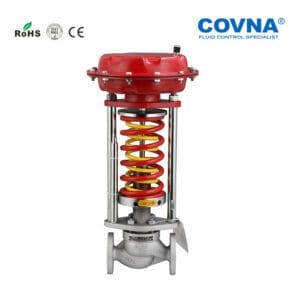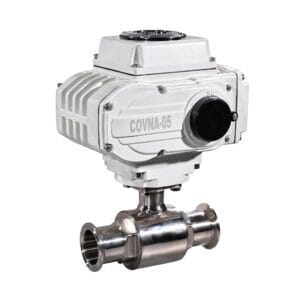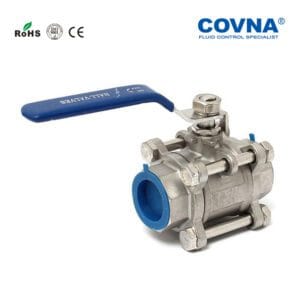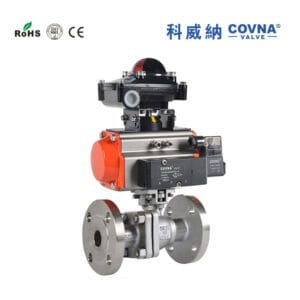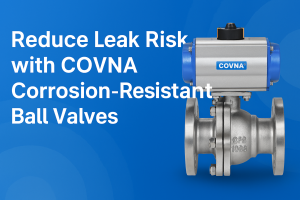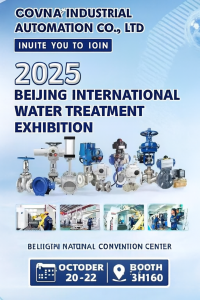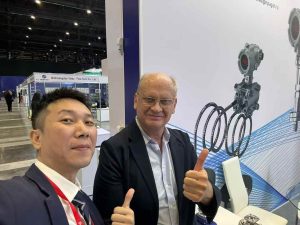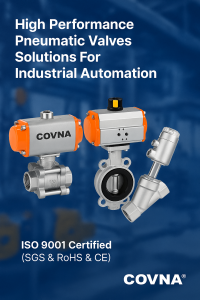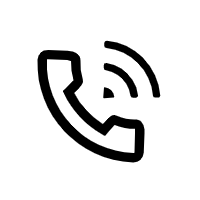Pneumatic Directional & Flow Control Valves Explained

Heavy-Duty Pneumatic Brake Valve for Mobile Machinery
Heavy-duty pneumatic brake valve features a cast-iron body with epoxy coating and brass internals for corrosion protection. Rated 0–16 bar and –30 °C to +70 °C, it includes an adjustable response regulator to set braking force and speed. A spring return engages fail-safe on air loss, and built-in relief prevents overpressure. Certified ISO 7653 for reliable braking in heavy machinery.
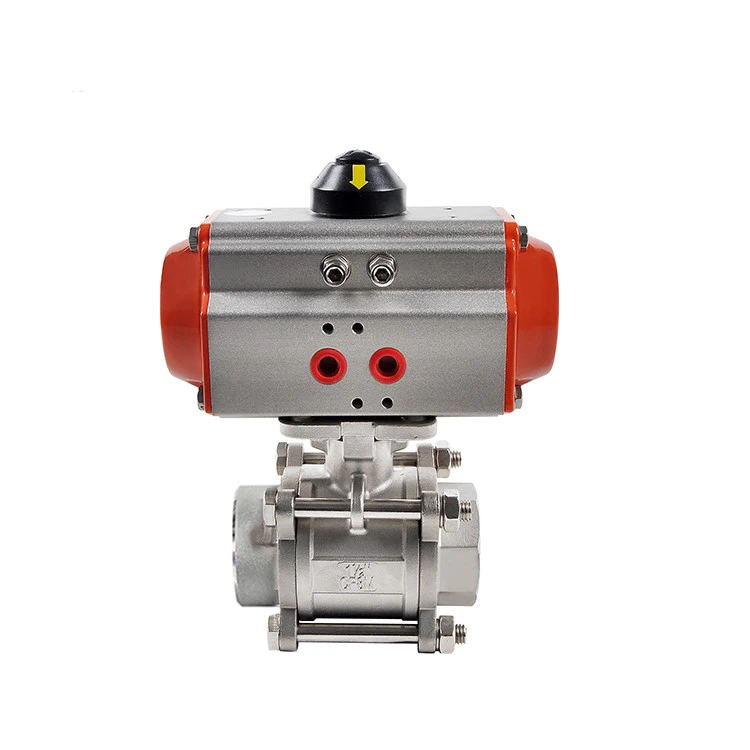
Precision Pneumatic Flow Control Valve, Adjustable Knob
1/8″ precision needle flow control valve offers ±2% repeatability up to 6 bar. Brass body and stainless steel needle resist corrosion. Ergonomic knurled knob with flow markings and locknut secures setpoint. Rated –20 °C to +80 °C, installs via rail clip or panel nut. Ideal for tuning pneumatic cylinders, robotic end-effectors, and lab instrumentation requiring stable, drift-free airflow control.

One-Way Pneumatic Exhaust Valve for Pressure Relief
One-way pneumatic exhaust valve vents air through a ¼″ port at up to 8 bar in a single direction. An anodized aluminum body houses a poppet and spring for automatic reset upon pressure reversal. Rated –10 °C to +60 °C. Its compact footprint suits safety interlocks, emergency stops, and rapid pneumatic venting in machine guarding systems.
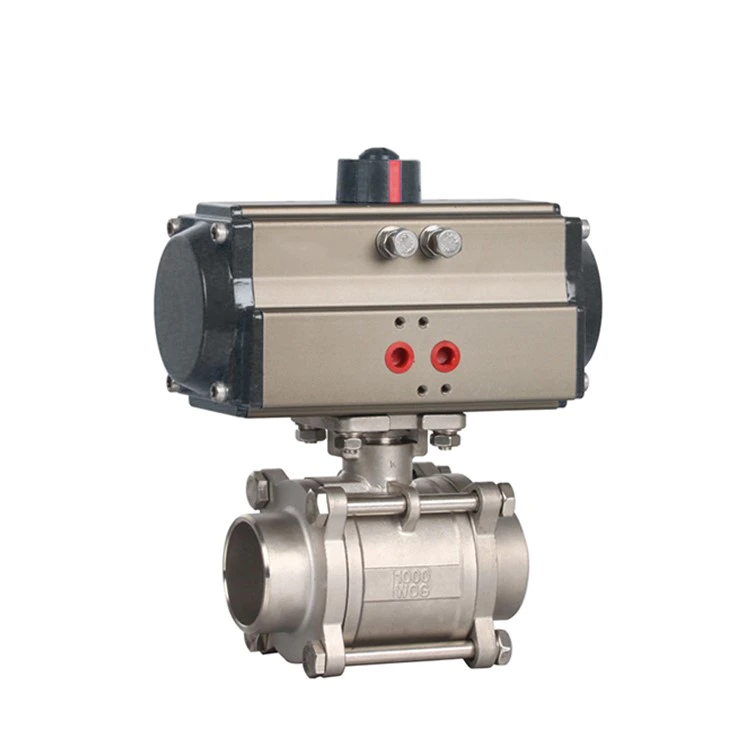
3-Way Pneumatic Ball Valve with Actuator, 250 PSI
3-way pneumatic T-port ball valve with SS316 body, Viton seats, and ½″ NPT ports, rated to 17 bar (250 PSI). Double-acting actuator accepts 4–8 bar and uses a spring return for fail-close. Precision ball and ports ensure smooth flow. ISO 5211 mount and visual indicator streamline installation. Ideal for mixing, diverting, or shut-off in chemical, food, and pharmaceutical systems.
We Have The Best Solutions for Your Business
COVNA GROUP CO., LTD is a world-leading valve manufacturer which specialized in solenoid valves, pneumatic valves, and electric valves for pipeline fluid control. COVNA originated from German technology, has its own R&D, design, production, sales team, and aims to be the global automation application service provider.
COVNA production range includes solenoid valves, pneumatic valves, electric valves, gate valves, globe valves, butterfly valves, control valves, safety valves, and various special valves. COVNA products are widely used in Water & Waste water treatment, Automation, Petroleum, Chemical, Electric power, Metallurgy, Mining, Paper-making, Pharmaceutical Industries, etc.
COVNA team make a rapid response to customer's requirements, provide professional product selection guidance and reliable valve application solutions.So far, COVNA has achieved ISO 9001 Quality Management System Certification, CE Certification, RoHS Certification.
Why Choose COVNA
Global Expertise
COVNA delivers valve solutions to customers in over 120 countries, combining global market expertise with localized support to meet diverse industry needs and ensure reliable performance worldwide.
Advanced Technology
Backed by German technology, COVNA specializes in solenoid, pneumatic, and electric valves, providing innovative fluid control solutions designed for precision, efficiency, and long-lasting durability.
Strong Manufacturing
With a modern factory, CNC machining, and strict quality testing, COVNA ensures every valve meets international standards, delivering consistent reliability for water, oil, gas, and automation industries.
Trusted Brand
Recognized as a preferred supplier by global partners, COVNA has built long-term trust through consistent product quality, professional technical support, and comprehensive after-sales services.
FREQUENTLY ASKED QUESTION
Do You Have Any Question?
A pneumatic valve is an actuator that uses compressed air to control the flow or direction of a fluid. Common types include solenoid valves, directional valves, flow control valves, check valves, pressure regulating valves, and actuators such as ball valves and butterfly valves.
First, determine the media type, rated pressure, temperature range, and required port diameter. Then, consider the coil voltage, response speed, and sealing material. Finally, consider the installation method and certification requirements.
A three-way valve has three ports and two channel states and is primarily used for one-way control or exhaust. A five-way valve has five ports and two states and can switch double-acting cylinders in both forward and reverse directions. A three-way valve is used for quick exhaust or simple switching, while a five-way valve is used for complex circuits or double-acting actuators.
Leakage: Check seals for wear and threads for tightness. Seizure: Clean the valve core, lubricate the guide, or replace the filter element. Coil inactivity: Measure voltage and check coil resistance. Slow actuation: Clean the air source, adjust the speed regulating valve, or replace the spring.
Regularly clean the air inlet filter and keep the lubrication unit filled with oil. Check joints, seals, and springs for wear. Verify air leakage every six months. Replace internal components promptly in case of severe contamination or wear to extend the life of the valve body and actuator.

